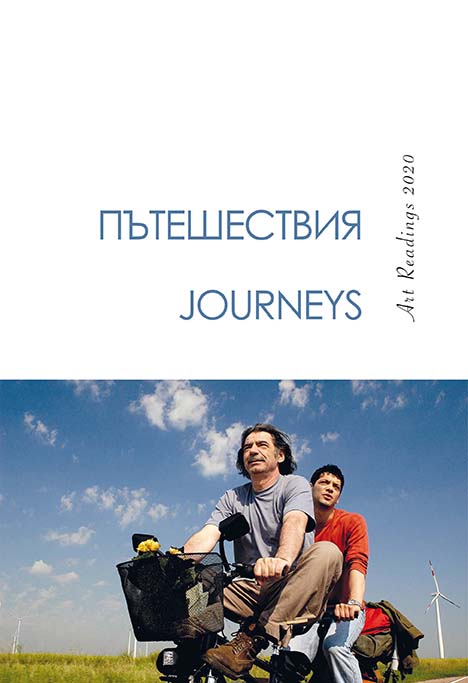Пластичното – едно транзитиращо понятие
Plasticity: an immensely transitive idea
Author(s): Galina DekovaSubject(s): Fine Arts / Performing Arts, Visual Arts, History of Art
Published by: Институт за изследване на изкуствата, Българска академия на науките
Summary/Abstract: The article seeks to give a brief overview of the general concept of plasticity twentieth-century Bulgarian art. It outlines several of its instances culminating in pursuit of creating an autonomous Bulgarian school in painting in the second half of the 20th century. Its beginnings go back to the first volumes of Art History by Nikolay Raynov. Strongly adhering to the principles of realism and figurative art, these endeavours attempted to offer an alternative to Western art and to produce a theory of realism. The concept of the mass is also presented there as a modernistic argument for figurative art. In the philosophy of German Romanticism plasticity played a unique role which prompted it being defined as “a specifically German case”. Certain aspects though evoked a response in twentieth-century Bulgarian art. In the first place, the normative meaning that plasticity acquired in Weimar Classicism by raising the art of Ancient Greece as an ideal, indirectly and with regard to the functioning of classicism, neoclassicism or mannerism, can be referred to the establishmentof plastic norms as an evaluation principle for realistic art during the communist era. Back then plasticity, in turn, was deemed to be a “specifically Bulgarian case” and has been quite valid ever since.
Journal: Изкуствоведски четения
- Issue Year: 2020
- Issue No: 2
- Page Range: 417-425
- Page Count: 9
- Language: Bulgarian
- Content File-PDF

